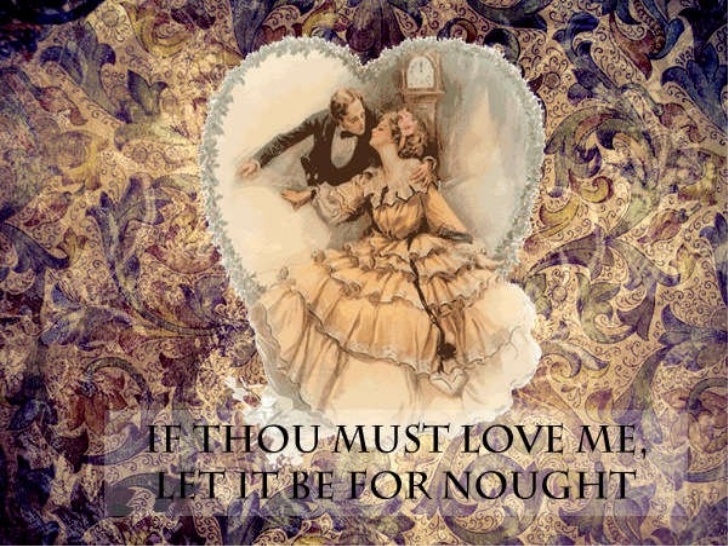The summary of The Cry of the Children by Elizabeth Barrett Browning is an instance of a problematic piece that speaks volumes about the down trodden state of child workers. As a matter of fact, the idea of The Cry of the Children had its roots when Elizabeth Barrett Browning heard the cries of children who were made to work in mines and factories under gruesome circumstances.
The singular style used in the poem is a trademark of Elizabeth Barrett Browning which had been effective to portray and pen picture the thoughts and disillusionment-concurring themes that she had been dealing with in her political poems. The poem starts with the speaker asking the children to go and play like what is expected of a child. Surprisingly, they refuse. The poet uses irony here to project the idea of disillusionment which occurs as a recurring motif in the poem. It also forms one of the central ideas of The Cry of the Children and it continues to play and ploy with the minds of the readers especially when discussing issues like that of religion or a fall out.
The theme of The Cry of the Children is also an arousing concern about child labor and hence lingers with the idea whether adults would have liked to see themselves in a similar situation. Having said that, the poem revolves around children who form the idea of The Cry of the Children. The issues receives a flare touch as Elizabeth Barrett Browning touches upon religion as well and couples the same thus running an undercurrent of emotions that is conveyed through the theme of The Cry of the Children.
Elizabeth Barrett Browning reserves her sentiment for the children who are made to work in factories and hence had to part away with their childhood and they are deprived of all that things that other children can do. “Let them feel that his cold metallic motion | Is not all the life God fashions or reveals” (lines 93-94). In other words, she strikes a sad chord with her words trying to convey that people shouldn’t have any disillusionment towards religion. The poem goes on to dug deep as it explores past the general issue of child labor and draws up a sharp contrast with the working conditions of the adult and adverse situations that they have to face day after day.
The summary of The Cry of the Children by Elizabeth Barrett Browning speaks of times when government investigations to expose the exploit of the children employed in factories and mines were high in the society. The poem too carries on the theme of disillusionment which has formed the essence of Browning’s earlier works. Line 37 brings out the real feel of discontent rooted deep in the poem (“‘True,’ say the children, “it may happen that we die before our time ;”). She speaks of the untimely death of the children as because they are forced to work from a very tender age. Then there is a mentioning of “Little Alice died last year her grave is shapen like a snowball, in the rime. We looked into the pit prepared to take her: was no room for any work in the close clay!” –the very line expresses the agony of the children who are exposed to hazardous work at an age when they should be running in the fields and screaming their hearts out in sheer joy. Even after their death, they are deprived of a proper burial. There are no proper medications when they fall sick and are left to the mercy of time to die and fade away from this wonderful planet. The poetess stresses on the thought that no matter what the ill or the odds are, children are little tender roots that demand attention and care to grow. Parents should never let their children work in the factories or mines even if they are passing through a shad time. The poem also employs a negative imagery that packs in positive images too ( “With your ear down, little Alice never cries; could we see her face, be sure we should not know her, for the smile has time for growing in her eyes,” ). In other words, the death of Alice is a constant remembrance to the pitiful conditions of the mines and factories where these children work and hence death is a good riddance and a pathway to escape from the shackles of slavery (“‘and merry go her moments, lulled and stilled in the shroud by the kirk-chime. it is good when it happens,’ say the children, That we die before our time.”).
The image of dead Alice is a significant turn in the course of the poem as because her spirit shall always be alive. (“Lulled and stilled in the shroud by the kirk-chime,”) The word “Shroud” rings bell depicted as church or of God that is there to protect children and embrace them when they live the boundaries of Earth. These children who die a silent and a tragic death are blessed souls as death is way better than their living conditions. In fact, earth is more like a sanctuary to these little souls who can now rest in peace.
It’s good to know:
• “The Cry of the Children”, published in 1842 in Blackwoods, condemned child labour and helped bring about child labour reforms by raising support for Lord Shaftesbury’s Ten Hours Bill (1844)
• A Royal Society of Arts blue plaque now commemorates Browning at 50 Wimpole Street
Some online learning platforms provide certifications, while others are designed to simply grow your skills in your personal and professional life. Including Masterclass and Coursera, here are our recommendations for the best online learning platforms you can sign up for today.
The 7 Best Online Learning Platforms of 2022
- Best Overall: Coursera
- Best for Niche Topics: Udemy
- Best for Creative Fields: Skillshare
- Best for Celebrity Lessons: MasterClass
- Best for STEM: EdX
- Best for Career Building: Udacity
- Best for Data Learning: Pluralsight
















wow